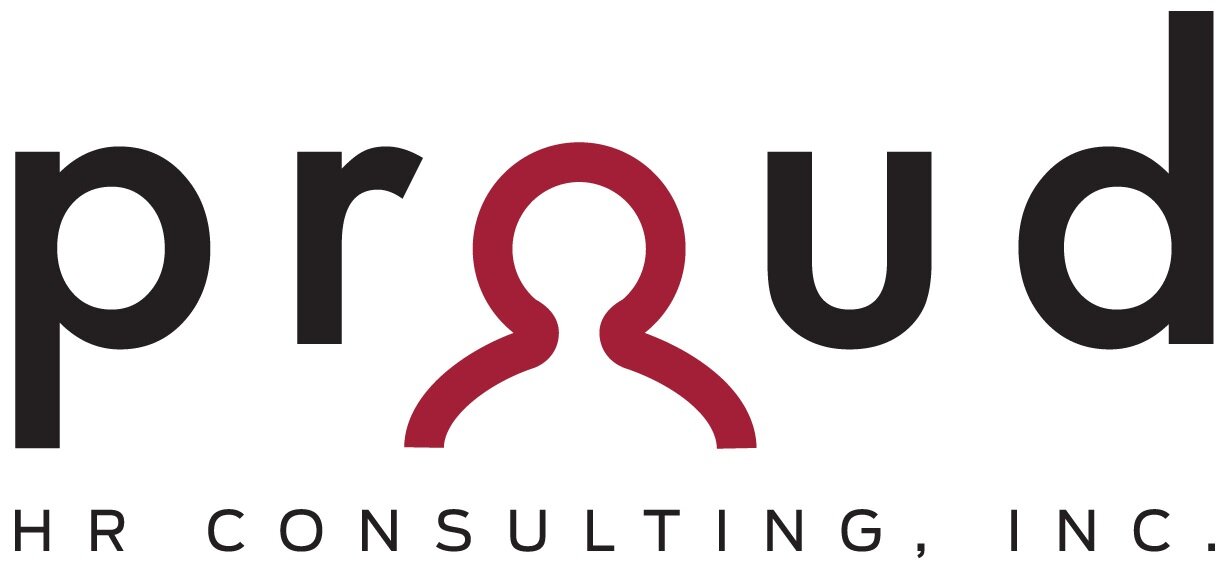Key Takeaways from Ogletree’s 2023 California Employment Law Conference
Ogletree Deakins’ annual Navigating California Employment Law Conference in March 2023 was as rich as ever with essential legal information for California employers. Proud HR’s Tiffanie Ryan attended on behalf of all our clients and came back with some key takeaways.
Understanding “regular rate of pay”
California employers need to understand the “regular rate of pay,” not only to ensure they are properly paying employees for hours worked but also to prevent penalties and lawsuits resulting from unpaid wages and not providing compliant wage statements. Compliance is the key here, and the first step is to ensure HR and Payroll work together to understand the “regular rate of pay” for non-exempt hourly employees, as well as what would trigger a “new regular rate of pay.”
The California Department of Industrial Relations defines the “regular rate of pay” as “the compensation an employee normally earns for the work they perform. The regular rate of pay includes several different kinds of remuneration, such as hourly earnings, salary, piecework earnings, commissions and bonuses. In no case may the regular rate of pay be less than the applicable minimum wage.”
According to Ogletree Deakins, “On May 23, 2022, the Supreme Court of California held that premium pay for missed meal and rest periods constitutes “wages” under California labor law and that employers may be held liable for the failure to properly report and timely pay out such wages.” There is good information in this Ogletree article that goes into further detail on the decision and what it means for California employers.
In short, the regular rate of pay is used to not only pay employees for hours worked, but also for overtime and paid sick leave, while “premium pay” must be used for missed meals and or rest breaks. (Pro Tip: Employee tips from customers are not included in the regular rate of pay.) We suggest you do an internal audit to see where there may be gaps in your systems and processes, then take corrective action. Mistakes here can be costly, so please reach out to Proud HR for help!
Employee handbook updates
If you have not already updated your employee handbook for this year, please be sure to add these three important updates that were effective Jan 1, 2023:
1. Designated persons
The idea of “designated person” has been incorporated into the list of those individuals employees can elect to use for the California Sick Leave Law and the California Family Rights Act (CFRA):
· California Sick Leave definition of a designated person is a person identified by the employee at the time the employee requests paid sick leave
· CFRA definition of designated person is any individual related by blood or whose association with the employee is the equivalent of a family relationship
The employee must fill out the appropriate certification form for their designated person to elect leave under the CFRA. The key takeaway here is to update your handbook and policies to state, “You may designate only one person in a 12-month period.”
2. California bereavement leave
California bereavement leave now requires employers to provide 5 days of unpaid bereavement leave to employees of any classification status. Many companies offer 3 days of paid bereavement leave for full-time employees. If you do so, you’ll want to update your handbook with the following:
· Regular full-time employees receive 3 days of paid bereavement leave and 2 days un-paid leave, for which you may use available sick days, vacation time or PTO.
· Part-time/temporary/seasonal employees receive 5 days of unpaid bereavement leave, for which you may use available sick leave.
If you’d like to know more about what we learned from the fantastic Ogletree attorneys — and how to implement things to ensure compliance — please reach out to Tiffanie.
